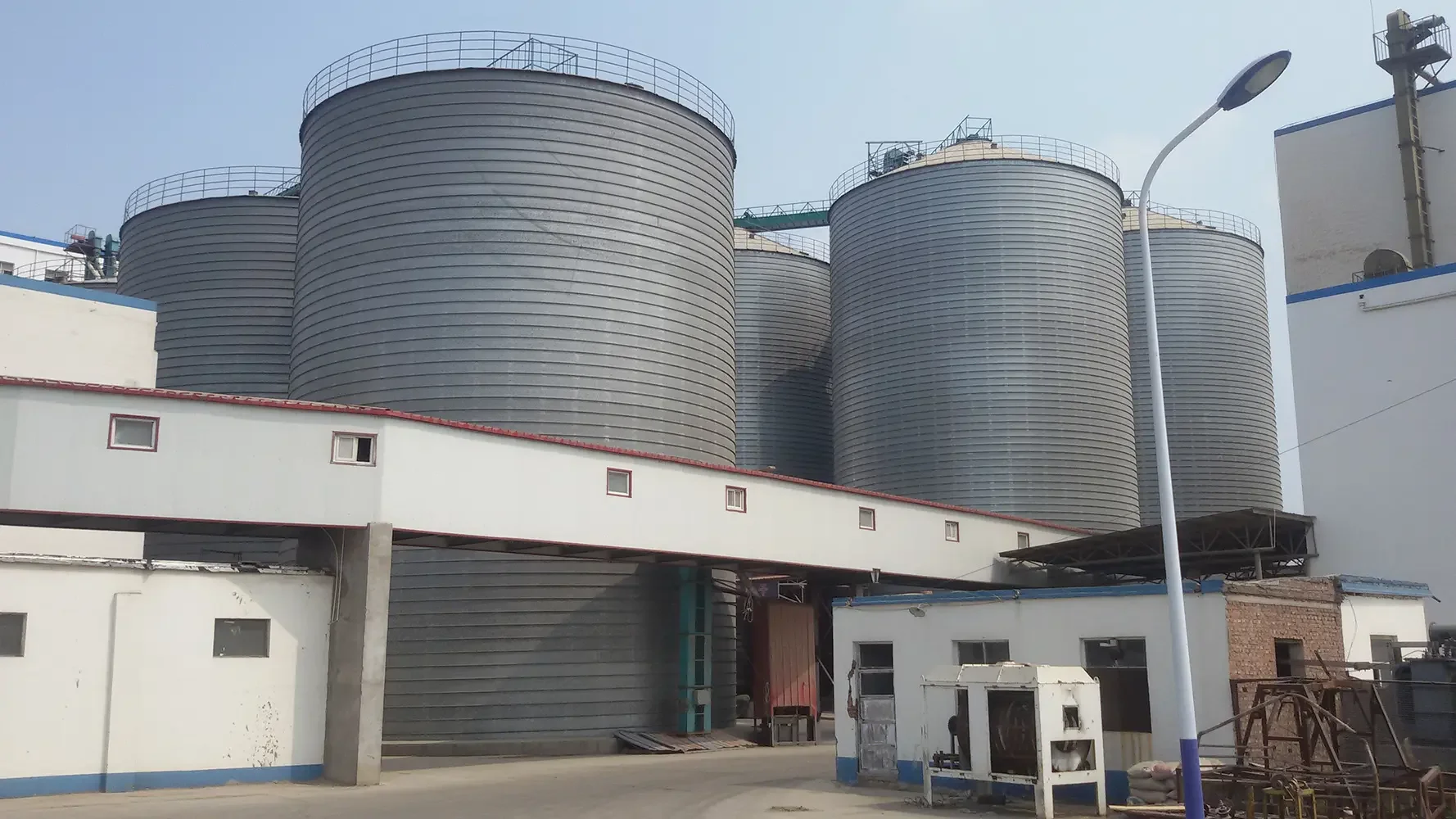In an era where urbanization is rapidly increasing and environmental concerns are at the forefront of societal discourse, the need for sustainable and efficient transport solutions has never been more pressing. While cars have long been the dominant mode of transportation, a plethora of alternatives exists that can enhance mobility, reduce carbon footprints, and improve overall quality of life. This article delves into various transport options beyond the car, examining their benefits, challenges, and suitability for different contexts.
- Public Transportation: The Backbone of Urban Mobility
Public transportation systems, including buses, trams, and subways, serve as the backbone of urban mobility in many cities. These systems are designed to accommodate large numbers of passengers, thereby reducing the number of individual vehicles on the road.
Benefits:
- Cost-Effective: Public transport is often more affordable than owning and maintaining a car, especially in urban areas where parking fees and fuel costs can add up.
- Environmental Impact: By reducing the number of cars on the road, public transport significantly lowers greenhouse gas emissions and air pollution.
- Accessibility: Public transport networks can enhance accessibility for those without access to a personal vehicle, including the elderly and low-income individuals.
Challenges:
- Reliability and Coverage: In some regions, public transport may suffer from infrequent service or limited coverage, making it less appealing for potential users.
- Comfort and Safety: Issues such as overcrowding and safety concerns can deter individuals from using public transport.
- Bicycles: A Sustainable and Healthy Choice
Cycling has emerged as a popular alternative to car travel, particularly in cities that have invested in cycling infrastructure.
Benefits:
- Health Advantages: Cycling is an excellent form of exercise, contributing to improved physical health and mental well-being.
- Environmental Benefits: Bicycles produce zero emissions, making them one of the most environmentally friendly modes of transport.
- Cost Efficiency: The initial investment in a bicycle is significantly lower than that of a car, and maintenance costs are minimal.
Challenges:
- Safety Concerns: Cyclists often face risks from traffic, particularly in areas lacking dedicated bike lanes.
- Weather Dependency: Inclement weather can deter cycling, making it less reliable as a year-round transport option.
- Walking: The Most Basic Form of Transport
Walking remains one of the simplest and most accessible forms of transport, especially for short distances.
Benefits:
- Health Benefits: Walking promotes cardiovascular health and can help combat obesity and related diseases.
- No Cost: Walking incurs no costs, making it an economically viable option for everyone.
- Community Engagement: Walking fosters a sense of community and connection to one’s surroundings, enhancing social interactions.
Challenges:
- Limited Range: Walking is not practical for long distances, which can limit its utility in larger urban areas.
- Safety and Infrastructure: Inadequate sidewalks and pedestrian crossings can pose safety risks for walkers.
- Ridesharing and Carpooling: A Flexible Alternative
Ridesharing services like Uber and Lyft, along with traditional carpooling, offer flexible transport options that can reduce the number of vehicles on the road.
Benefits:
- Convenience: Ridesharing provides on-demand transport, allowing users to travel without the need for a personal vehicle.
- Cost Sharing: Carpooling can significantly reduce travel costs by sharing expenses among passengers.
Challenges:
- Availability: Ridesharing services may not be available in all areas, particularly in rural regions.
- Environmental Impact: While ridesharing can reduce the number of cars on the road, the environmental benefits can be offset if vehicles are not fully utilized.
- Electric Scooters and E-Bikes: The New Wave of Micro-Mobility
Electric scooters and e-bikes have gained popularity in urban areas, providing a quick and efficient way to navigate congested streets.
Benefits:
- Speed and Efficiency: These modes of transport allow users to bypass traffic and cover short distances quickly.
- Sustainability: Electric scooters and e-bikes produce fewer emissions compared to traditional vehicles, especially when charged with renewable energy.
Challenges:
- Regulation and Safety: The rapid proliferation of e-scooters has raised concerns about safety regulations and the potential for accidents.
- Infrastructure Needs: Cities need to develop appropriate infrastructure to accommodate these new forms of transport safely.
Conclusion: Embracing a Multi-Modal Future
As cities continue to evolve, the need for diverse transport options beyond the car becomes increasingly clear. By embracing public transportation, cycling, walking, ridesharing, and micro-mobility solutions, individuals can contribute to a more sustainable and efficient urban environment. The future of transport lies in a multi-modal approach, where the integration of various transport methods creates a seamless and accessible mobility experience for all.


More Stories
How Global Trade Moves Faster Through Structured Border Compliance?
Seeing More Behind the Wheel Why Truck Backup Camera System Matters
Electric Rescue ATV Vehicle Redefining Rapid Response in Complex Terrain